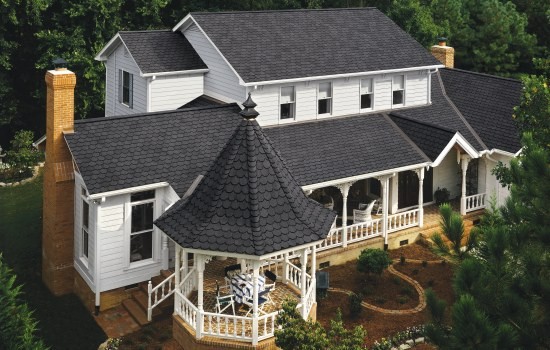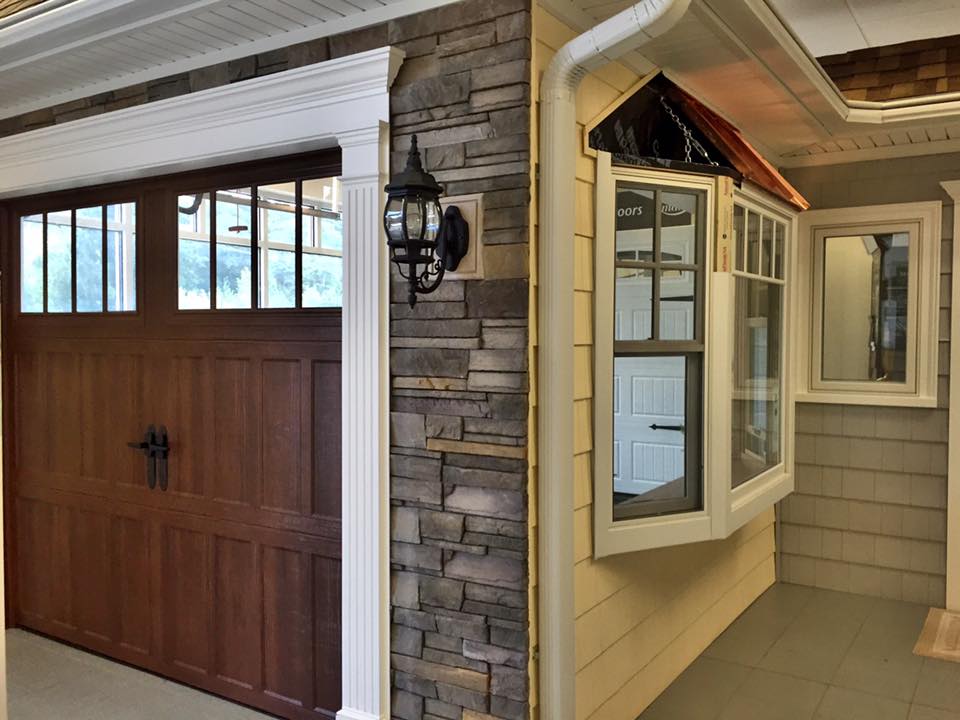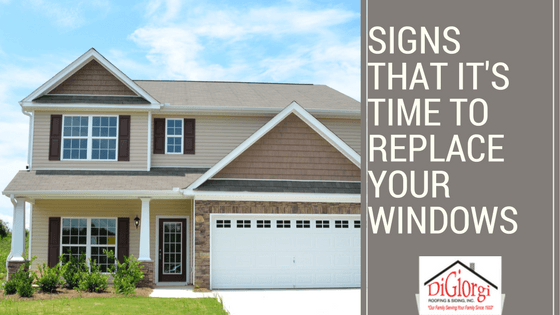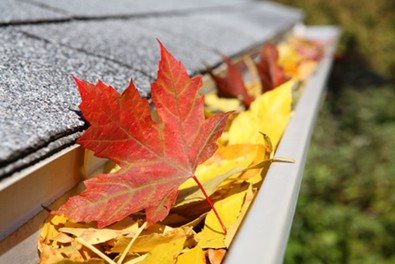Choosing the Right Roof to Put Over Your Head:
New England Roofing Considerations
 A home’s roof is perhaps its most important component. In New England especially, the roof must be tough enough to protect the house from the harsh elements ranging from snow to rain to searing sun. When making building improvement decisions, homeowners and businesses must consider a variety of factors like appearance, roofing maintenance, costs, and long term durability.
A home’s roof is perhaps its most important component. In New England especially, the roof must be tough enough to protect the house from the harsh elements ranging from snow to rain to searing sun. When making building improvement decisions, homeowners and businesses must consider a variety of factors like appearance, roofing maintenance, costs, and long term durability.
Every type of roofing material has its own unique pros and cons that must be weighed and no one kind is right for everyone. Some materials may be very expensive to install, but require less maintenance and last longer than others. The following is an overview of a few of the most common types of roofing.
Composition Shingles
Composition (asphalt) shingles are very popular due to their low cost and the number of roofing options they afford. They come in a large selection of types, brands, and colors. They are also very versatile in that they adapt easily to different applications and can be used on any house from contemporary to historic. Composition shingles are relatively easy to install and require low maintenance, making them one of the most hassle free options.
There are some downsides to composition shingles, however. They have a somewhat short lifespan of 15-30 years and are susceptible to algae growth which is very prevalent during the hot, humid Connecticut summers. The buildup of these organisms is not only an eyesore (black and/or green stains mar the roof), but it also accelerates wear and tear on the roof.
| Pros | Cons |
| -Inexpensive | -Short lifespan (15-30 years) |
| -Variety and versatility | -Scars easily when hot |
| -Low maintenance | -Subject to algae and mildew |
| -Fire resistant | |
| -Most types are recyclable |
Wood Shingles
In terms of aesthetics, wood shingles may be the most appealing roofing choice. Wood shingles or shakes offer a very natural look that can add a lot of character to any New England home. Wood shingles are available in cypress, pine, redwood, and popular red cedar and should be pressure treated with fire retardants and chemical preservatives to resist rot and insect damage. Because of variations like color, width, thickness, and type of wood, every wood shingled roof is unique. Shake roofs also offer some energy benefits by insulating the attic and the rest of the house.
The main disadvantages of wood shake roofing are high cost and high maintenance. The materials themselves can be expensive and the complication of installation requires experienced roofing professionals. Without proper upkeep and repair, wood shingles can fall prey to mold, insects, and roof rot, all of which significantly reduce lifespan. On the other hand, if well cared for, this type of roofing can last from 30-50 years. Wood shingles should always be professionally treated for fire protection.
| Pros | Cons |
| -Unique and natural look | -Expensive |
| -Blends in with the environment | -High maintenance |
| -Offers some insulation | -Poor fire rating unless pressure treated |
| -Long lasting (30-50 years) if maintained |

Metal Roofing
Though the term may at first conjure images of unappealing corrugated roofs, metal roofing is actually available in a number of stylish looks that mimic natural cedar shingles, slate, and clay tiles. In addition, metal is very practical in that it is lightweight (putting less stress on the home’s structure), fire proof, low maintenance, and one of the most durable roofing options out there.
There are also a number of environmental and cost saving benefits with metal roofing. Metal reflects heat and prevents its transfer into the attic leading to lower cooling costs, especially when properly insulated. Metal roofing is made from between 60% to 65% recyclable material and because it is so light weight, it can be installed over existing roofs, reducing the disposal of excess material.
| Pros | Cons |
| -Available in different styles | -Can be expensive |
| -Durable | -May need periodic painting |
| -Long lifespan (at least 50 years) | -Difficult installation |
| -Can be installed over existing roofs | |
| -Environmentally friendly |
Savings for You and the Environment

Though the initial installation costs of such energy efficient roofing may be high, the long term air conditioning savings, coupled with the tax credit, can make reflective roofing an economical choice over time. Eco-friendly roofing can go far beyond simply protecting the house from the elements; it can reduce your power bills as well as your environmental footprint.
About the Author
DiGiorgi Roofing and Siding, Inc. is a Hartford County, Connecticut home improvement and building company, family owned and operated since 1933. Their New England roofing team uses the most current practices in both residential and commercial building and has a reputation for expert knowledge and professionalism. For more information, visit their website at www.digiorgiinc.com, call 1-203-723-6880.



